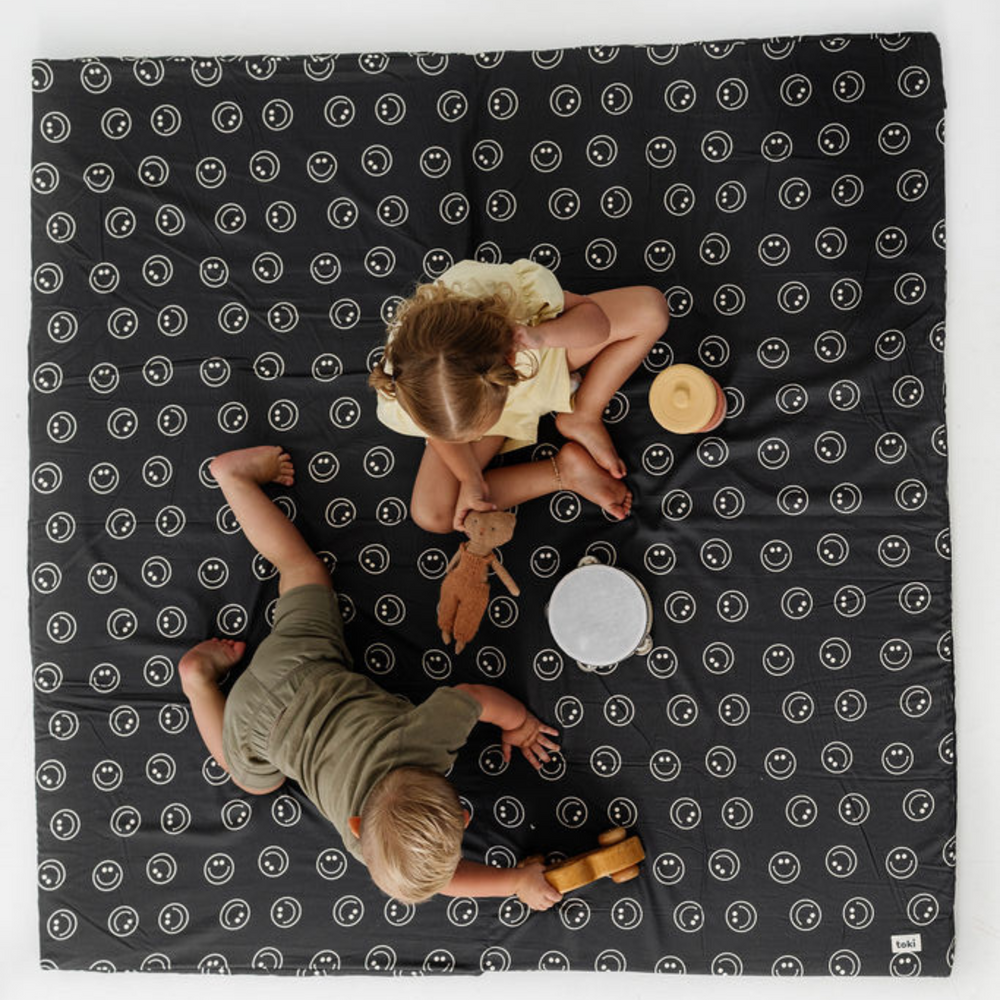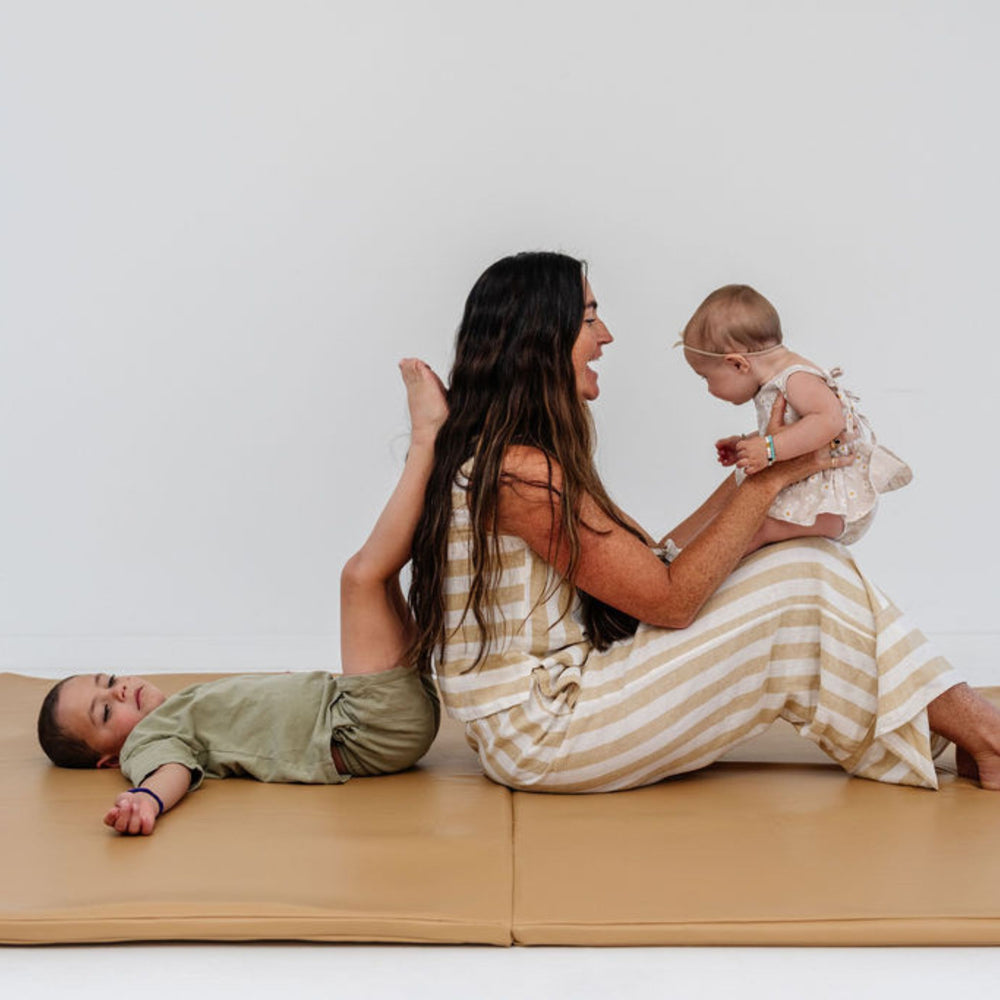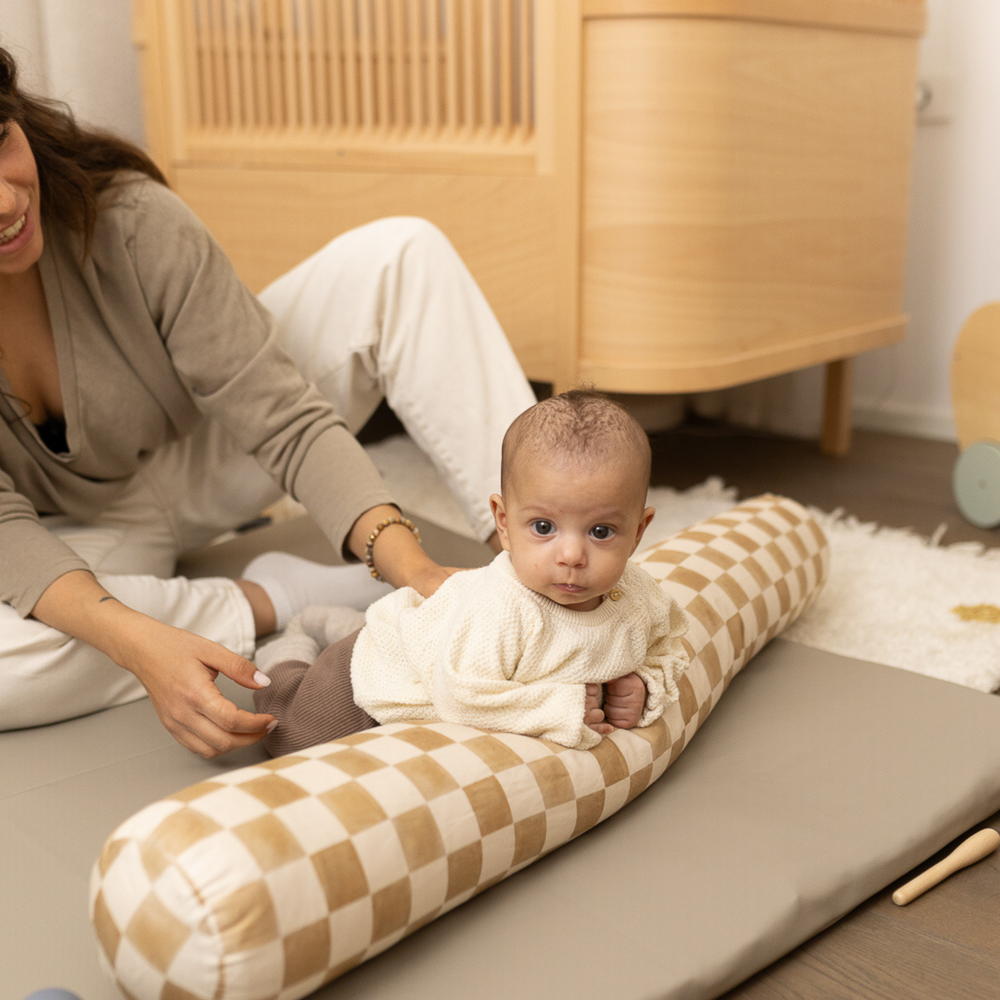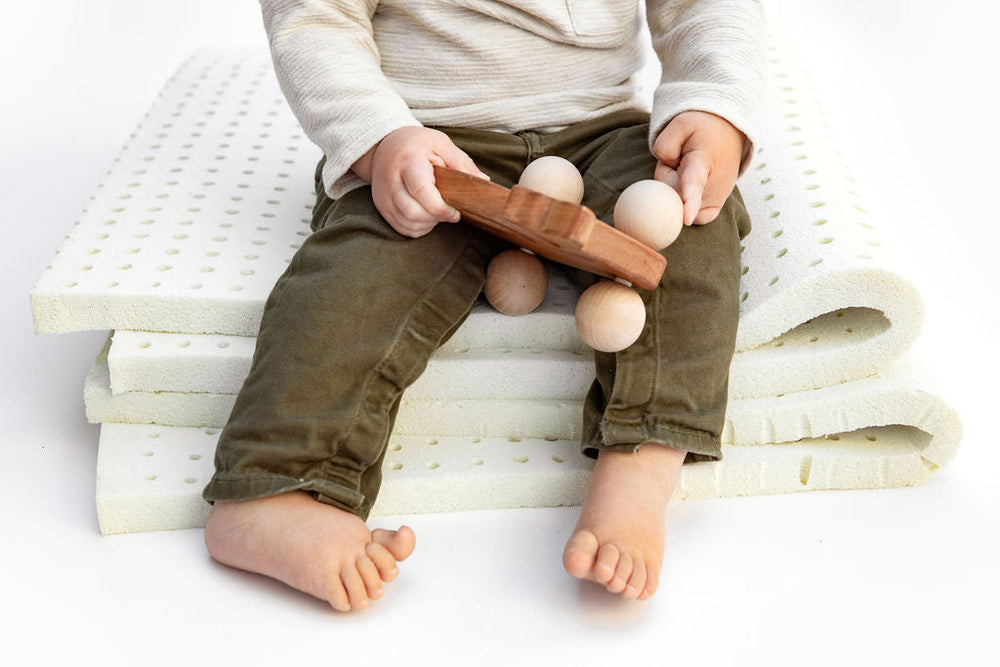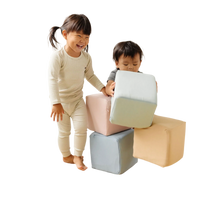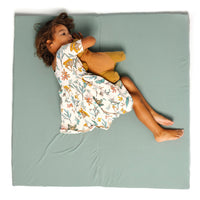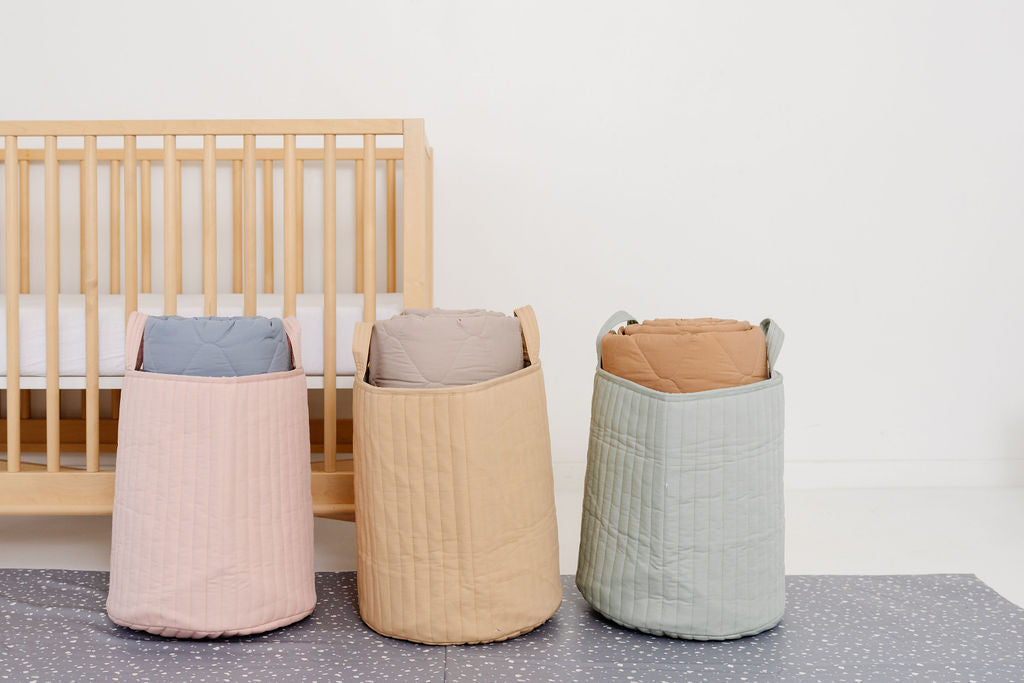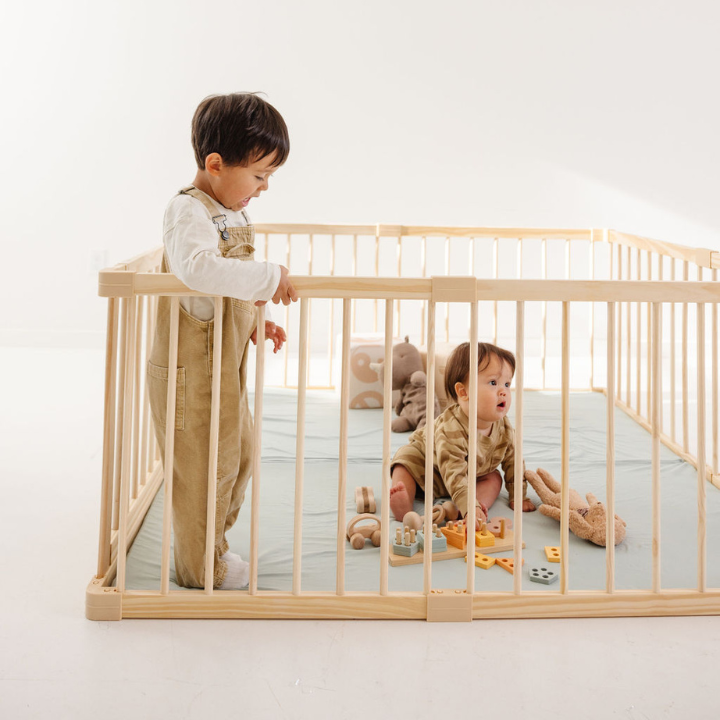Ask an Expert: What to Know About W Sitting with Dr. Megan Comens, PT, DPT
July 7, 2025
Dr. Megan Comens, mom of two and @pediatricptmentor on Instagram, lends us her expertise as a pediatric physical therapist and a doctor of physical therapy.
From the moment we become parents, it’s hard not to worry about every single thing our kids do. We worry that they’re not meeting developmental milestones, we worry that they’re not eating enough vegetables, and the list goes on. And, although children follow a general developmental timeline, the truth is that every child develops at their own pace with their own preferences and quirks.
If you’ve ever heard about W-sitting, you’re likely under the impression that it’s a bad thing. Parents have been told that this sitting position is bad for the hips, but it’s actually quite common among little ones and a part of typical development. If your child likes to W-sit, here’s everything you need to know about this position and whether or not you should be correcting it.
What Is W-Sitting?
W-sitting is when a child sits on their bottom with their knees bent and their feet pointing outwards. When they sit like this, their legs form a "W." W-sitting can appear as soon as a baby learns to sit, but it usually becomes more noticeable when a child transitions from crawling to sitting on their own. Instead of rotating to get into the sitting position, they skip the rotation and sit in the W-position.

What Causes W-Sitting?
Children are more likely to W-sit than adults are for a few biological reasons. The first is that their hips have a higher degree of femoral anteversion. A higher degree of femoral anteversion allows their femur (thigh bones) to rotate inward, so they can comfortably sit in the W-position. Children also tend to be more flexible, which allows them to sit in this position. W-sitting is also observed in children that do not cross the midline as well or have lower muscle tone. Decreased core strength can also be attributed to W-sitting.
Is W-Sitting Bad?
It was previously thought that W-sitting would cause hip problems, specifically hip dysplasia. However, recent studies suggest that this is not true. Therapists become concerned about W-sitting because it can lead to a delay in gross motor skills due to decreased coordination.
When a child W-sits, they tend to play with toys on the right side with their right hand and toys on their left side with their left hand. There is no cross body reaching and there is limited trunk rotation, which can lead to delays in fine motor skills (cutting, writing, typing shoes), delays in higher level gross motor skills (skipping, hopping), and delays in hand dominance.
If your child is occasionally W-sitting during play, it is typically not a cause for concern. Most children will grow out of “W” sitting by 6-8 years old. However, if you notice that your child is always in this position, in this position for prolonged periods of time, or in this position and has gross or fine motor delays, a physical therapy evaluation might be beneficial.
A physical therapist will typically test, core strength, hip strength, hamstring length, balance, and perform a functional movement assessment to determine if there are issues in HOW a child moves (does not cross midline, does not utilize core, has asymmetries). They will also discuss if fine motor issues are occurring and possibly refer to occupational therapy.

Correcting W-Sitting at Home
If your child is in a W-sit during play for a short time, there’s no need to correct it. However, if you notice the child in that position for a prolonged period of time, use keywords like “legs” or “forward feet” to help your child correct it without the need for physical prompts.
Another easy correction is to encourage activities in other positions. Tummy time for toddlers is a great way to build strength! If your child is doing a static activity, provide them with a seat and table to use to avoid this position all together.
Exercises to Correct W-Sitting
-
Animal Walks: Have your child practice walking like a bear or walking like a crab. Knee walking, sit ups on a therapy ball, or even half kneeling with reaching can increase core strength.
-
Reach Across Midline: Encourage positions like long sitting, standing, tall kneeling, and squatting to decrease W-sitting.
-
Balance Exercises: Walking on a balance beam, walking on uneven surfaces, or stepping up onto unsteady surfaces will improve both balance and core strength.

When to Seek Help
If your child is W-sitting for prolonged periods of time and is not meeting higher level gross motor milestones (skipping, galloping, single leg jumping) when they are school-aged, schedule a consultation with a physical therapist. These can be signs that there is decreased core strength, decreased hamstring length, a lack of cross body reaching, or even decreased tone. A physical therapist can work with your child to address these issues and get them on track for improved strength and movement.
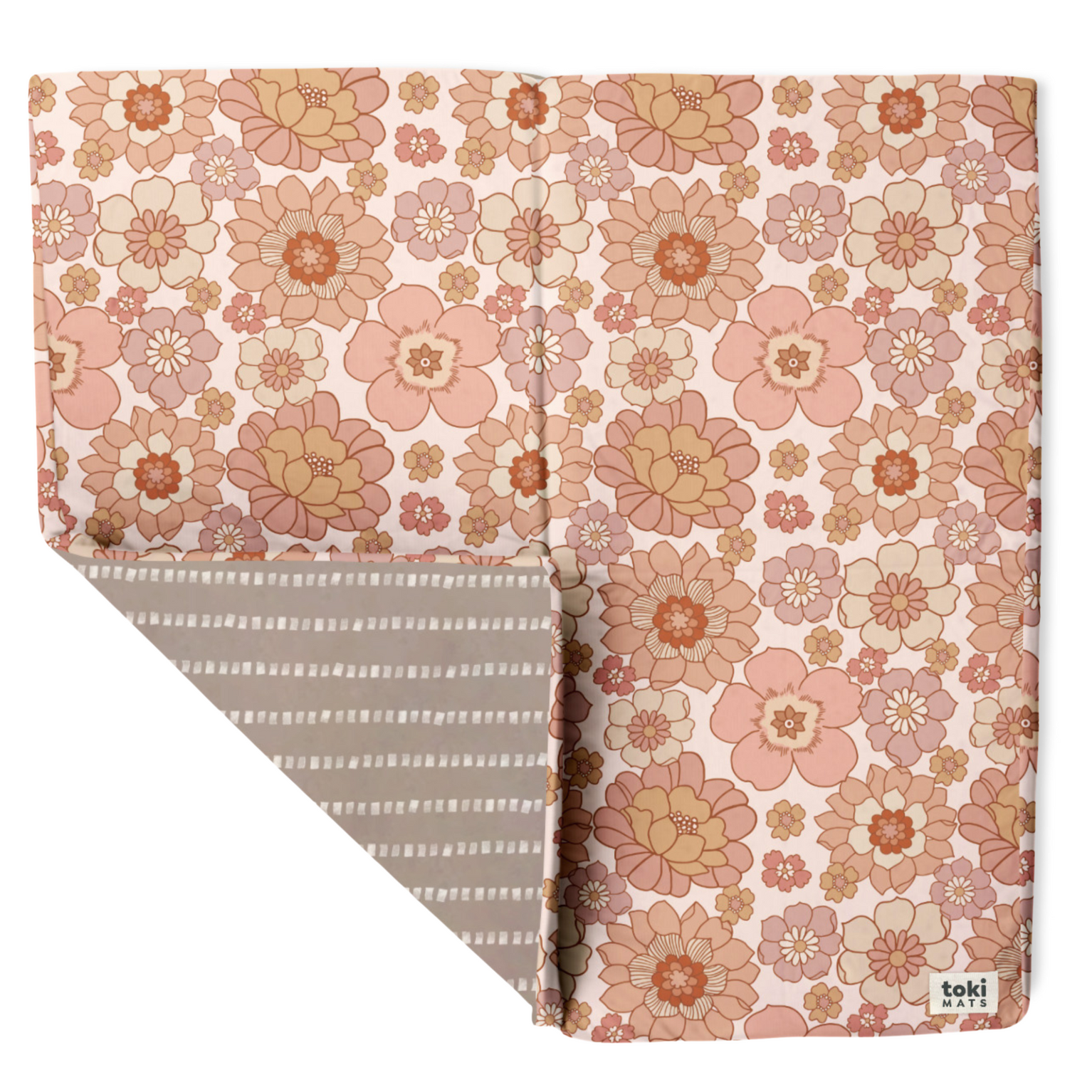
Shop the blog
Blooms Organic Cotton Mat
$185 - $455
Meet the super comfy, easy-to-clean play mat of your dreams! Made for tummy time, play time, and life on the go.

About the Author: Alice
Alice Mendoza is a copywriter and blog writer based in Los Angeles. She began writing for a baby brand while on maternity leave, and realized she had found her niche. Today, she writes exclusively within the baby space, using her BFA in Creative Writing and her own experience as a mother to guide her. When she’s not working, you can find her chasing down her toddler, going on walks around the neighborhood, or watching reality TV.

